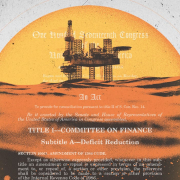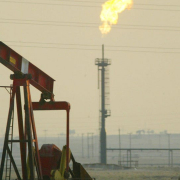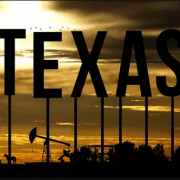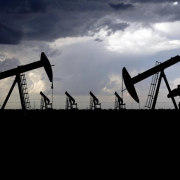U.S. commercial crude oil inventories (excluding those in the Strategic Petroleum Reserve) increased by 1.1 million barrels from the previous week. At 430.8 million barrels, inventories are about 2% below the five-year average for this time of year, according to the EIA crude oil and petroleum weekly storage data, reporting inventories as of September 16, 2022.
U.S. refinery inputs averaged 16.4 million barrels per day during the week ending September 16, 2022, which was 333,000 barrels per day more than the previous week’s average. Refineries operated at 93.6% of their operable capacity last week.
- Gasoline production increased last week, averaging 9.5 million barrels per day.
- Distillate fuel production increased last week, averaging 5.2 million barrels per day.
Imports
U.S. crude oil imports averaged 6.9 million barrels per day last week, increased by 1.2 million barrels per day from the previous week. Over the past four weeks, crude oil imports averaged about 6.4 million barrels per day, 4.5% less than the same four-week period last year.
Total motor gasoline imports (including both finished gasoline and gasoline blending components) last week averaged 775,000 barrels per day, and distillate fuel imports averaged 107,000 barrels per day.
Click here to read the full article.
Source: Oil & Gas 360
If you have further questions about the topic, feel free to contact us here.










